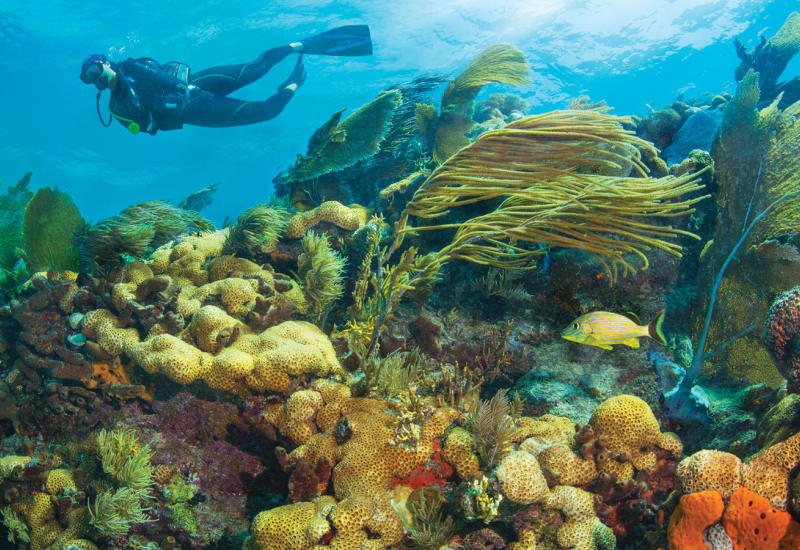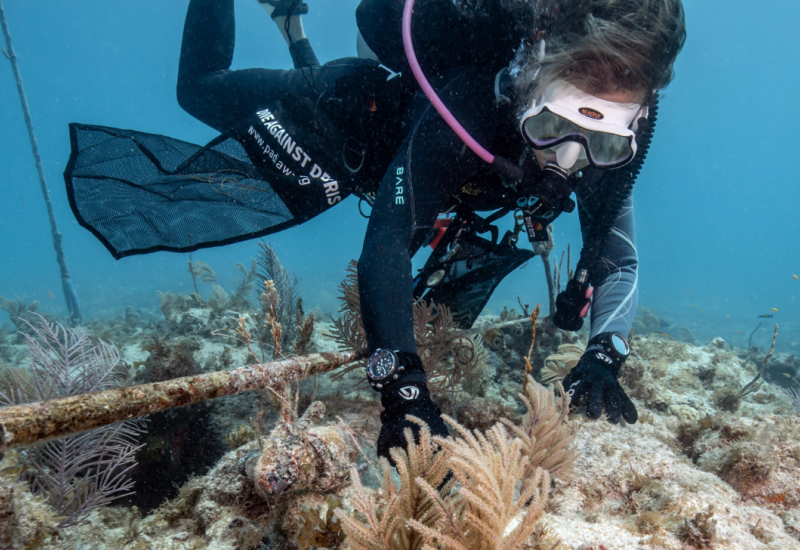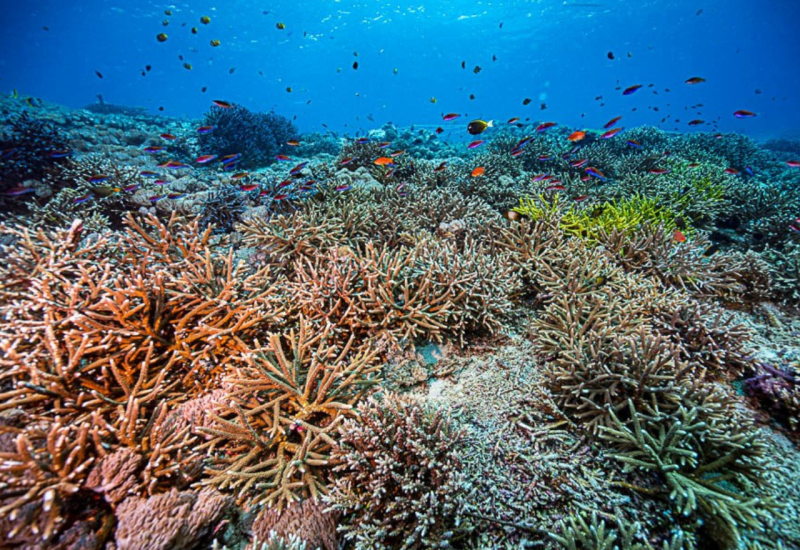Marine Species Invasion or Relocation
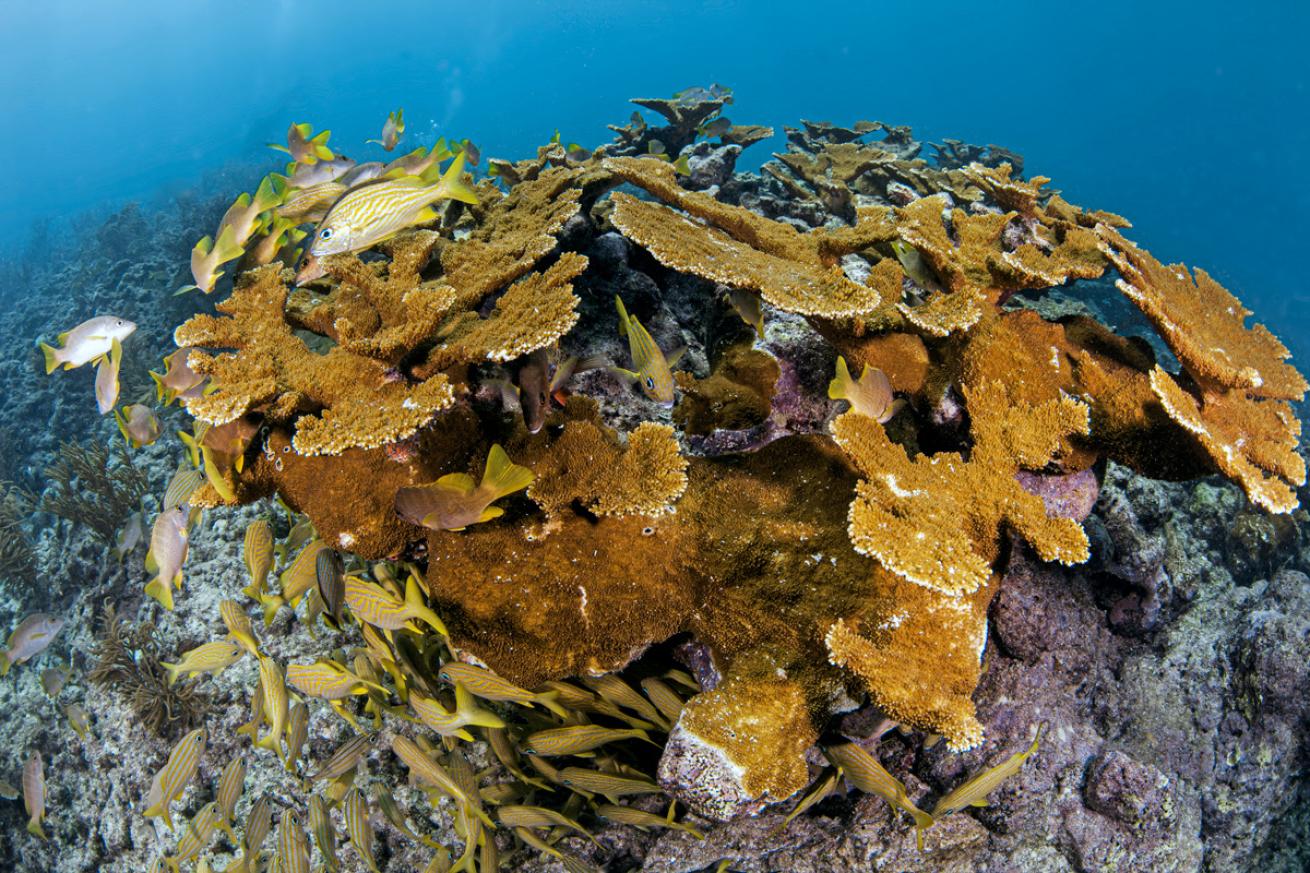
Shutterstock.com/Off Axis ProductionElkhorn coral larvae are traveling via ocean currents to establish new reefs, far from where reefs have traditionally formed.
Ocean animals are on the move. Atlantic cod have shifted their habitat 125 miles north in the past decade. In the Bering Sea, Pacific halibut, Alaska pollock and snow crab have moved farther from the coast and 19 miles north. Along the United States’ northeast shores, 180 marine species relocated an average of 16 miles north between 1989 and 2019 and are now hovering about 6 inches deeper than before. Over in the Mediterranean, scientists have watched crustaceans and mollusks— like squid—move dozens of feet deeper in the water column. All of them are chasing the same thing: their habitat. Climate change has about half of the world’s species on the move as centuries of ecological patterns shift overnight (ecologically speaking).
This environmental remix is even more notable in the ocean than on land. As the world’s largest carbon sink, the oceans absorb 90 percent of the heat created by our carbon-hefty lifestyle. When comfortable temperature and salinity ranges move, sea life follows.
The migration pattern of each species is a bit different depending on its needs. Some are moving north or south, chasing cooler waters. Others well-suited to warm waters are expanding their habitat ranges, the climate equivalent of a contractor building an add-on to your home. Still others are moving deeper in the water column as the shallows get too toasty.
Ocean life doesn’t face “barriers like species on land do, like mountains, streets, farmland, settlements,” says Benjamin von Brackel, author of Nowhere Left to Go: How Climate Change Is Driving Species to the Ends of the Earth. “That’s why they are moving 72 kilometers (44.7 miles) per decade and the land-dwelling species are moving only 17 kilometers (10.5 miles) per decade… Marine species move much, much more and almost all species in the ocean are moving, from tiny plants to fish to whales.”
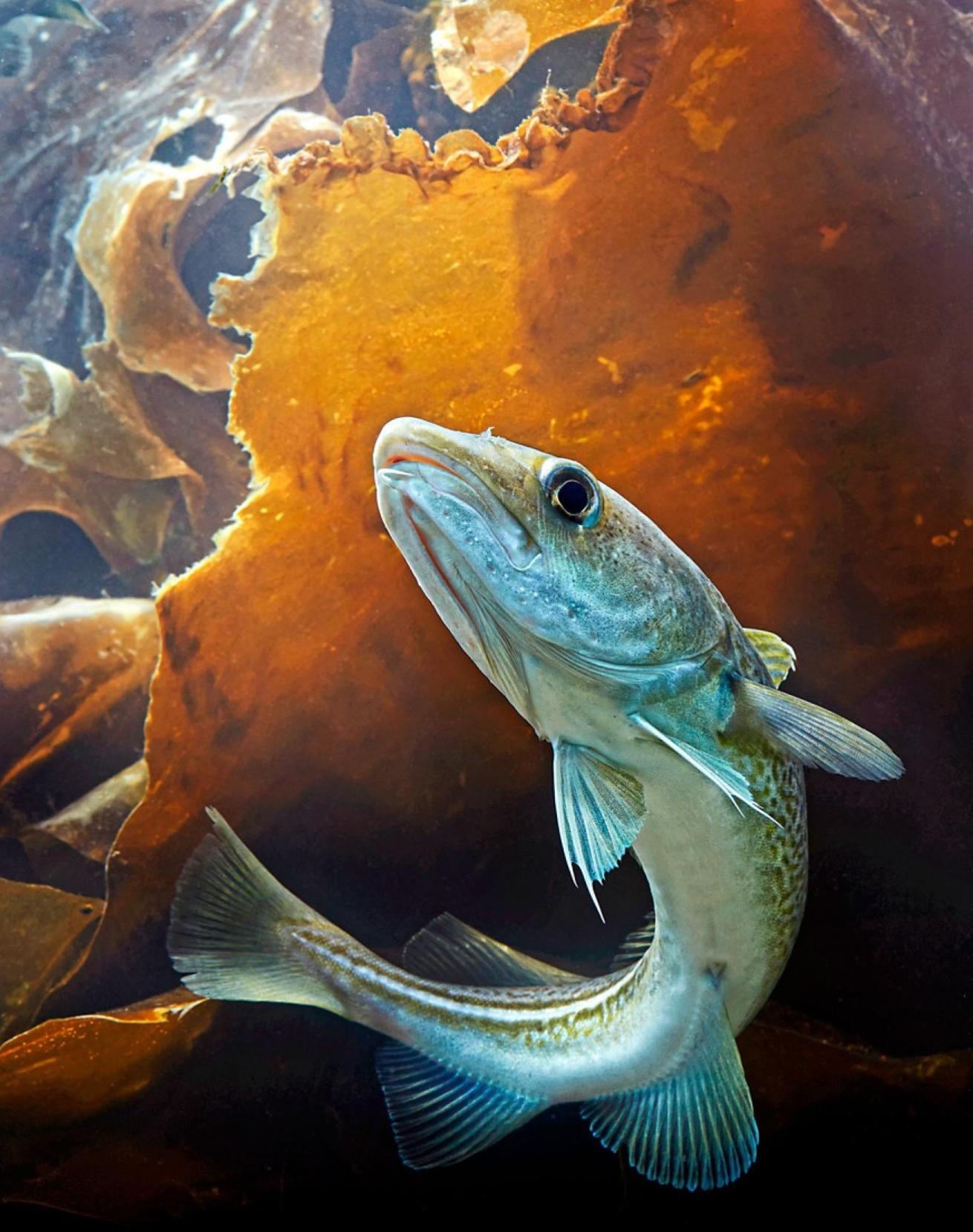
Shutterstock.com/Pix BoxScientists have recorded changes in the ranges and habitats of many marine species, such as Alaska pollock.
This is even the case for marine life people don’t think of as particularly mobile. Coral, for instance, can’t swim after cooler waters—but its larva can travel hundreds of miles on ocean currents. Scientists have seen coral beginning to grow farther and farther from the zones where reefs have traditionally formed, with elkhorn extending its range up Florida’s Atlantic coast and down the coast of Australia, shifting toward the coast of New South Wales from the Great Barrier Reef.
While such adaptations can help an individual species survive, it has cascading effects for the new ecosystems they now call home. “There’s a species of black sea urchin, which used to be only in mainland Australia, that is now taking over the kelp forests of Tasmania,” says Dr. Adriana Vergés, a climate and conservation scientist at the University of New South Wales. Climate change and a strengthening East Australian Current (of Finding Nemo fame) helped the urchins expand their habitat south. Since their arrival, they’ve begun to turn Tasmania’s underwater forests into urchin barrens. “That’s probably one of the most dramatic impacts that we’ve seen due to the range extension of that species,” says Vergés.
These dynamics are perhaps most noticeable in the Mediterranean Sea, which is heating up about three to five times faster than the rest of the world’s oceans. Here, you can see all of the relocation adaptations in action at once: Native species that enjoy cooler waters crowding north, in some cases completely vanishing from their historic homes. Meanwhile, native life that used to stay in the southern Mediterranean is expanding the top of their habitat ranges. And then there are the non-native species beginning to migrate through the Suez Canal as the Mediterranean becomes warm enough to welcome them. And still others, like the gorgonians off Spain’s Catalonia coast, have begun to disappear from the shallows, leaving only the deeper colonies.
Related Reading Climate Change is Revealing Sunken Histories Around the World
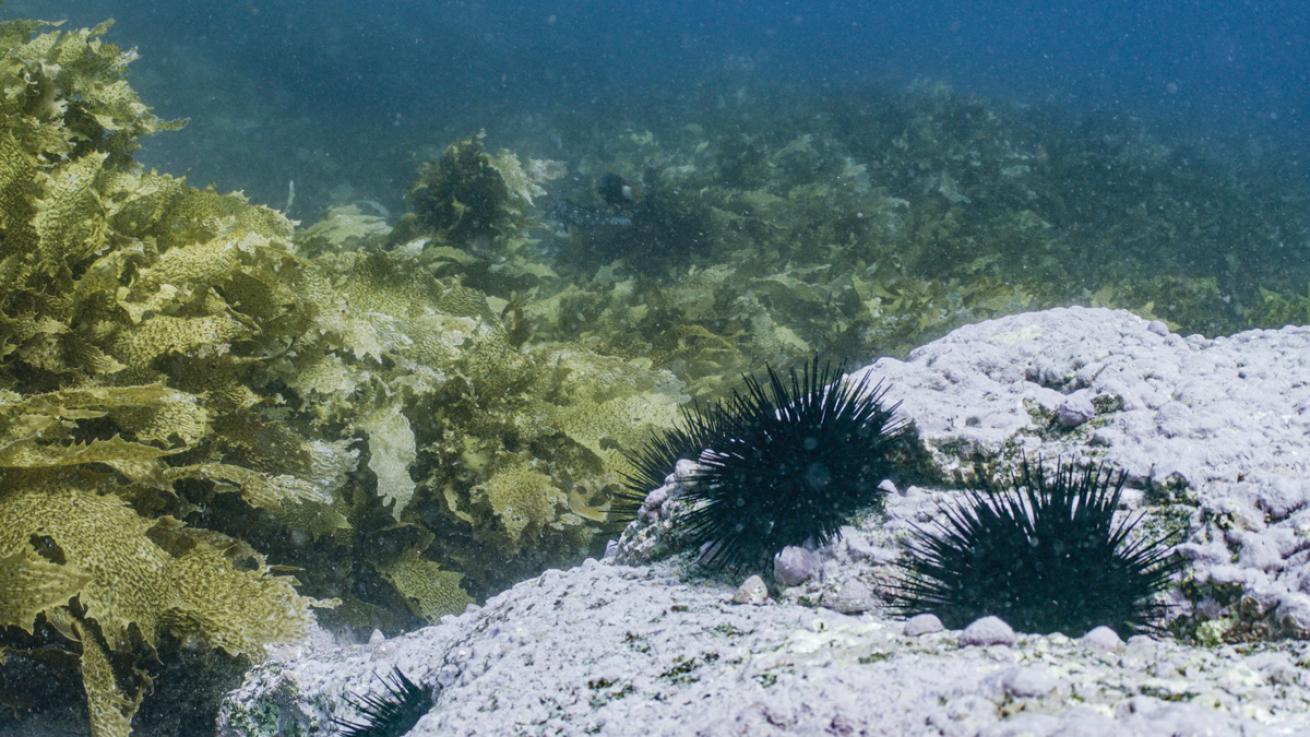
WWF and Grumpy Turtle MediaBlack sea urchins are now being found in Tasmania.
The region also offers a preview of what happens when animals run out of refuge. “In the Atlantic, [species] eventually could move toward northern areas,” says Dr. Joaquim Garrabou, citizen science coordinator for the scientific community Sea Watchers. “In the Mediterranean, we have this barrier here. They cannot go north.” Some of these cold-water affinity species are already experiencing population drops as a result.
Sea Watchers runs 17 projects around the Mediterranean to monitor the ecosystem, including the Climate Fish Project, which tracks the location and abundance of scientifically identified climate-sensitive fish. Divers can contribute to Sea Watchers’ online database (seawatchers.net). Some of these centers offer a basic research operator course through PADI, says Garrabou, which addresses the basics of conducting underwater surveys. Down in Australia, divers can contribute to Red Map (redmap.org.au), which also uses citizen images to track possible shifts in sea life distribution. And divers anywhere can contribute images to iNaturalist (inaturalist.org), a global database for biodiversity science.
Related Reading Scuba Diving in Search for Signs of a Changing Mediterranean
To be sure, these citizen science contributions don’t stop the progression of climate change. Knowing that cod are moving north doesn’t prevent them from doing so or stop sea urchins from consuming their new habitat. But knowledge about what’s starting to live where can help us prepare for how we will live in the new world we’ve made, which will require new tools and strategies. The traditional, single-goal response to invasive species—eradication—is likely too blunt a tool for these migrations.
“It used to be about conserving what we have. In this moment in time where the world is changing so fast, that’s actually impossible,” says Vergés. “We can no longer conserve what we used to have. We need to manage our ecosystems, taking into account this species on the move, these species redistributions and understanding them better.”

